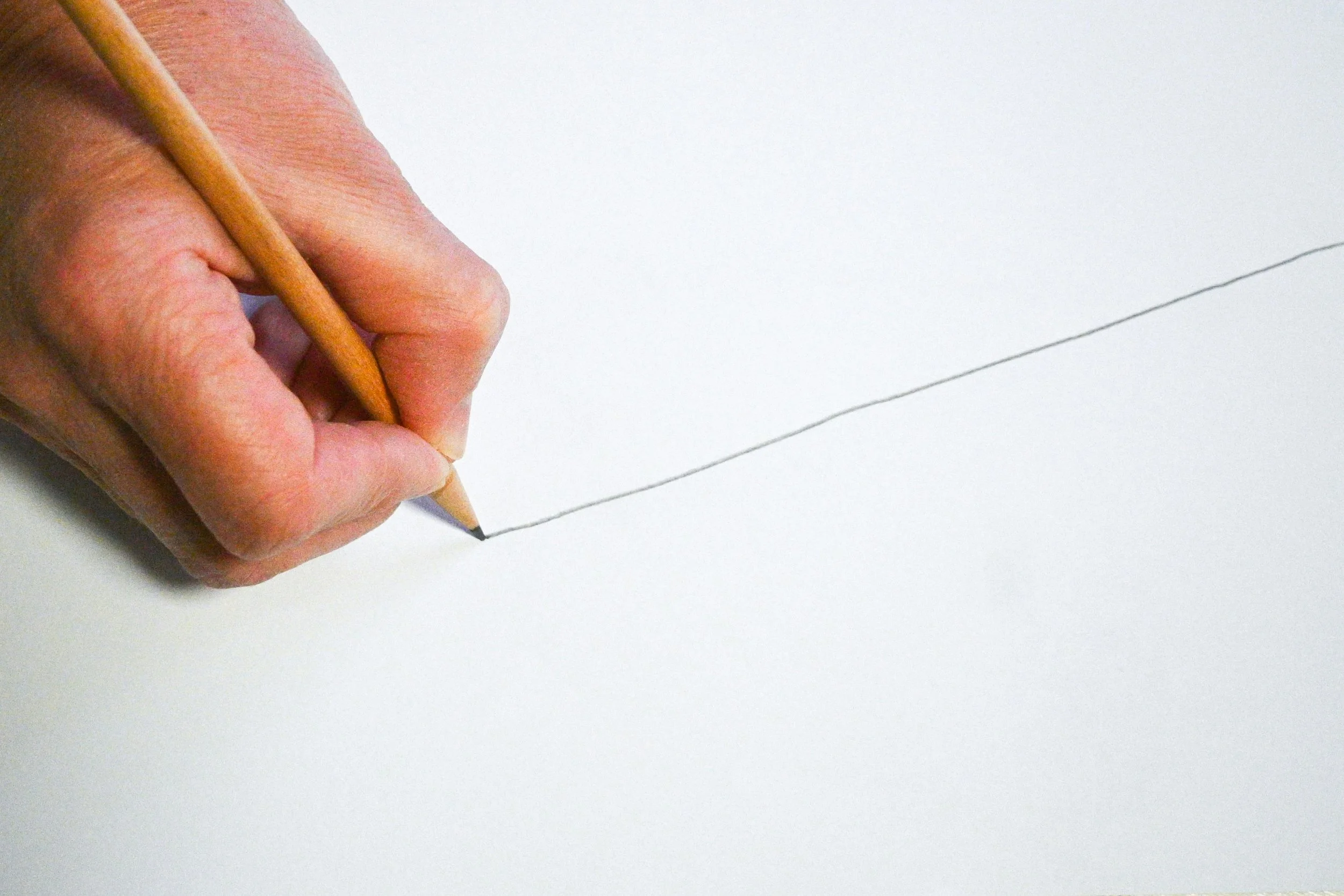Understanding Relationship Boundaries: A Therapist's Perspective
By Christina Franklin, LPC, LCMHC, NCC
As a therapist who focuses on helping people have effective relationships, one of the most common topics I discuss with clients is boundaries. Whether you're navigating a romantic relationship, friendship, or even a professional setting, effective boundaries are essential for emotional well-being, self-respect, and meaningful connection. But what exactly are boundaries, and how do you recognize and implement them?
Boundaries can feel tricky. Maybe you're not sure what they even look like, or maybe you're afraid that setting one will upset someone. Let’s dive into what boundaries look like, the different types, and how you can start setting them in your own life.
What Are Relationship Boundaries?
Boundaries are the emotional, physical, and mental limits we establish to help protect our time, energy, and emotional well-being. Think of them as invisible lines that define what is acceptable and what isn’t in how others treat us. When we set boundaries, we're simply communicating our wants, needs, and expectations clearly and respectfully.
Boundaries are not about building walls or shutting people out. Boundaries are kind of like fences with gates. You're not building a wall; you're deciding who comes in, how far, and under what circumstances. They are about creating a space where you can thrive and where your relationships can flourish in an effective, respectful way.
The Different Types of Boundaries
Let’s walk through a few of the most common types of boundaries and examples of what they may look like for different people. Chances are, you’ll recognize some of these in your own life. Understanding each one can help you pinpoint where yours may need strengthening.
1. Emotional Boundaries
These involve protecting your emotional well-being and energy. They help you avoid taking responsibility for others' feelings or allowing others to control yours.
Saying no to emotional dumping.
Refusing to engage in guilt-tripping or manipulation. You do not have to take responsibility for how someone else feels.
Sharing personal information at a pace that feels safe.
2. Physical Boundaries
These have to do with your personal space, body, touch, and physical needs.
Needing personal space or alone time.
You might not be a hugger, and that’s totally fine. You can be clear about what (if any) physical affection is acceptable to you.
You get to decide who touches you and how.
Addressing unwanted or invasive touch.
3. Time Boundaries
Time boundaries protect how you spend your time and ensure you have space for your priorities. Your time is valuable!
It’s okay to say no to things when your plate is full.
Want a lazy Sunday all to yourself? Go for it. You are allowed to schedule time alone or rest without guilt.
Asking for advance notice rather than last-minute plans. You don’t have to drop everything for a last-minute request.
4. Mental and Intellectual Boundaries
These protect your thoughts, opinions, and beliefs.
You can respect someone’s view without agreeing with them.
Asking for respectful dialogue rather than debate. You don’t have to engage in debates that drain you.
Avoiding conversations that feel demeaning or hostile.
5. Material Boundaries
These involve your possessions and financial resources. Because stuff and money can get complicated, right?
Deciding whether or not to lend items or money. It’s okay to say no to lending things out or giving someone money.
Setting rules about how your belongings are treated. You can have rules about how your stuff is used.
Being upfront about expectations with shared expenses.
Being generous doesn’t have to mean being taken advantage of.
6. Digital Boundaries
These pertain to how you engage online and through devices. We live a lot of our lives online, so these are becoming more and more relevant.
Want to keep your passwords private? Totally valid.
Not ready to be tagged in that group photo? Say so.
Need to unplug or turn off certain notifications after work? Do it.
How Do You Know If Your Boundaries Need Strengthening or Are Unclear?
When boundaries are too loose or not communicated, you might notice:
Feeling wiped out after being around certain people
Feeling drained or resentful after certain interactions
Having difficulty saying no or saying yes when you really want to say no
Feeling like your needs always come last or consistently putting others’ needs above your own
Guilt or anxiety when you try to speak up for yourself
If any of that sounds familiar, you are not alone. It just means it might be time to check-in with yourself and that some boundary work might be necessary. And that’s okay—learning to set boundaries is a skill that can be developed with time and intention.
So, How Do You Actually Set and Maintain Boundaries?
Setting boundaries can feel uncomfortable at first, especially if you're not used to implementing or enforcing them.
Good news: boundaries are a skill…and like any skill, you get better with practice.
Here are some practical steps to help you begin:
1. Start With Self-Reflection
Identify what feels uncomfortable or draining in your relationships. What’s not working? What leaves you feeling resentful, exhausted, or uncomfortable? What would help you feel more secure, respected, or valued?
2. Start Small
You don’t have to start with a big, scary confrontation. For example, "I need 30 minutes of quiet time after work" is a great starting point. Starting with less emotionally charged boundaries can be helpful practice and feel less intimidating!
3. Use Clear, Kind Language
Use "I" statements and keep your tone calm. Try something like, "I feel really overwhelmed when plans are made last minute. It would help me to have a little more notice to prepare."
4. Stick With It and Be Consistent
Follow through with your boundaries, even when it's challenging. Consistency helps others know you mean what you say. It also helps reinforce the boundary for yourself.
5. Expect Some Pushback
People who benefited from your lack of boundaries may resist at first and others may not like the change. It may feel awkward at first, but that doesn’t mean you’re doing it wrong. Stay firm and remind yourself why your boundary matters.
6. Be Gentle With Yourself
Setting boundaries can feel uncomfortable at first. That’s normal. You’re learning something new. Give yourself grace as you navigate the discomfort of setting boundaries. Keep going. You’re doing something beneficial for yourself.
Final Thoughts
Boundaries are acts of self-respect and self-love. They're about being honest, respectful, and clear. They help create healthier, more fulfilling relationships based on mutual care and respect. As a therapist, I’ve seen countless clients transform their lives by learning to advocate for their needs and hold space for themselves.
Remember: setting boundaries does not make you selfish. It makes you self-aware. You deserve relationships that nourish you, not drain you. Boundaries are one of the best tools to help make that happen.
If you find yourself struggling with boundaries or feeling unsure where to start, therapy can be a great place to work through that. You're not alone in this, and it’s never too late to make changes that protect your peace. If you're ready to explore boundaries further or want some extra support, feel free to reach out. We are here to help you build the healthy, respectful relationships you deserve.


